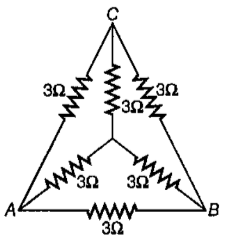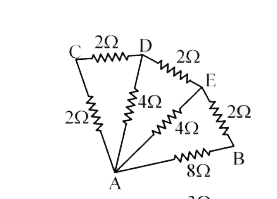VA and VB denote potential of A and B, then the equivalent resistance between A and B in the adjoining circuit is (ideal diode).
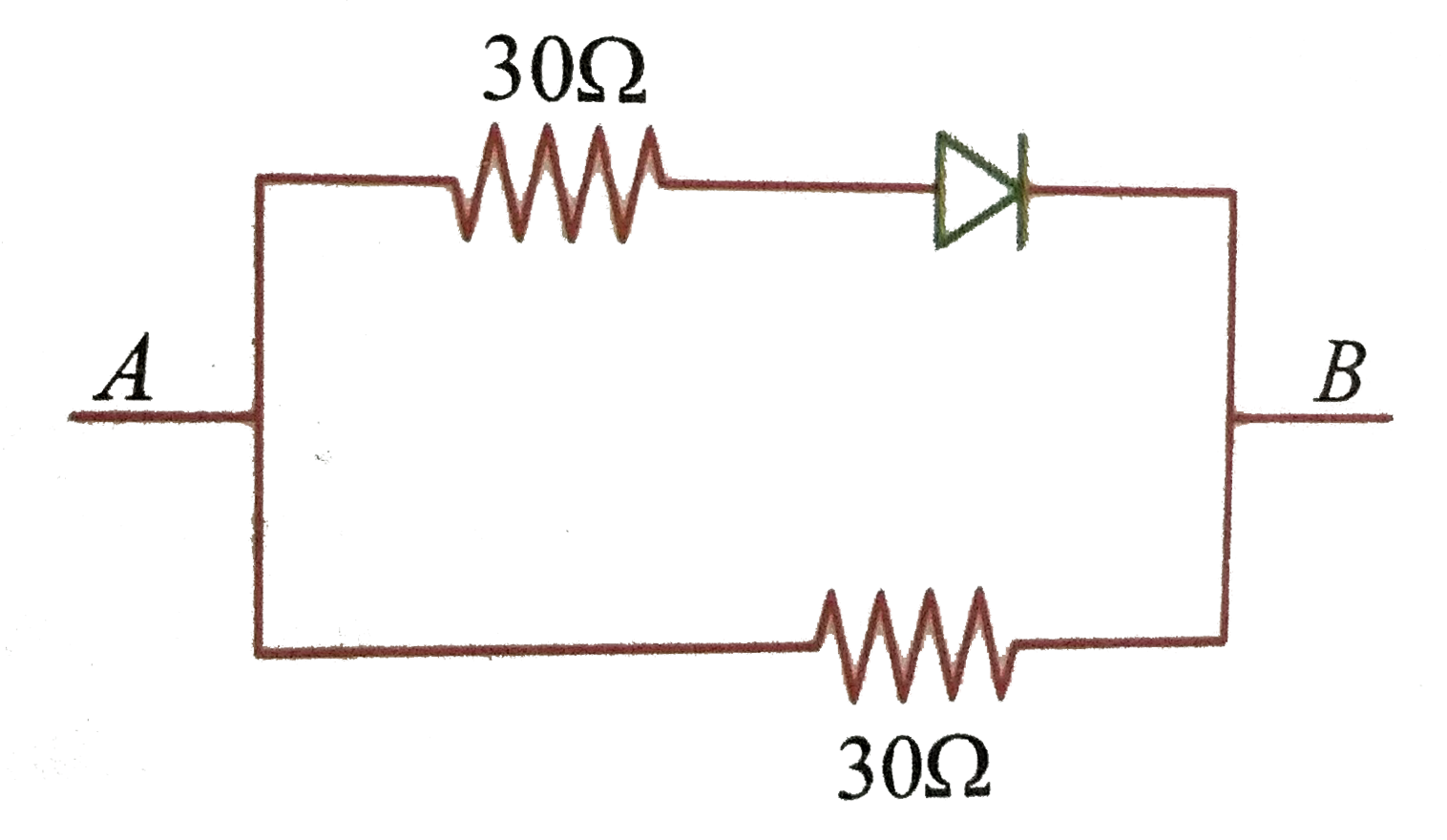 .
.
A
15ΩifVA>VB
B
30ΩifVA<VB
C
both 1 and 2
D
neither 1 nor 2
Video Solution
Text Solution
The correct Answer is:C
R=∞ in the case of reversebias.
|
Updated on:21/07/2023
Topper's Solved these Questions
- BOOK - NARAYNACHAPTER - SEMI CONDUCTOR DEVICESEXERCISE - Level-I (H.W)26videos
SEMI CONDUCTOR DEVICES
- BOOK - NARAYNACHAPTER - RAY OPTICS AND OPTICAL INSTRAUMENTS EXERCISE - EXERCISE- 4 One or more than one correct answer type13videos
RAY OPTICS AND OPTICAL INSTRAUMENTS
- BOOK - NARAYNACHAPTER - SEMICONDUCTOR ELECTRONICSEXERCISE - ADDITIONAL EXERCISE (ASSERTION AND REASON TYPE QUESTIONS :)19videos
SEMICONDUCTOR ELECTRONICS
Similar Questions
Knowledge Check
- Question 1 - Select One
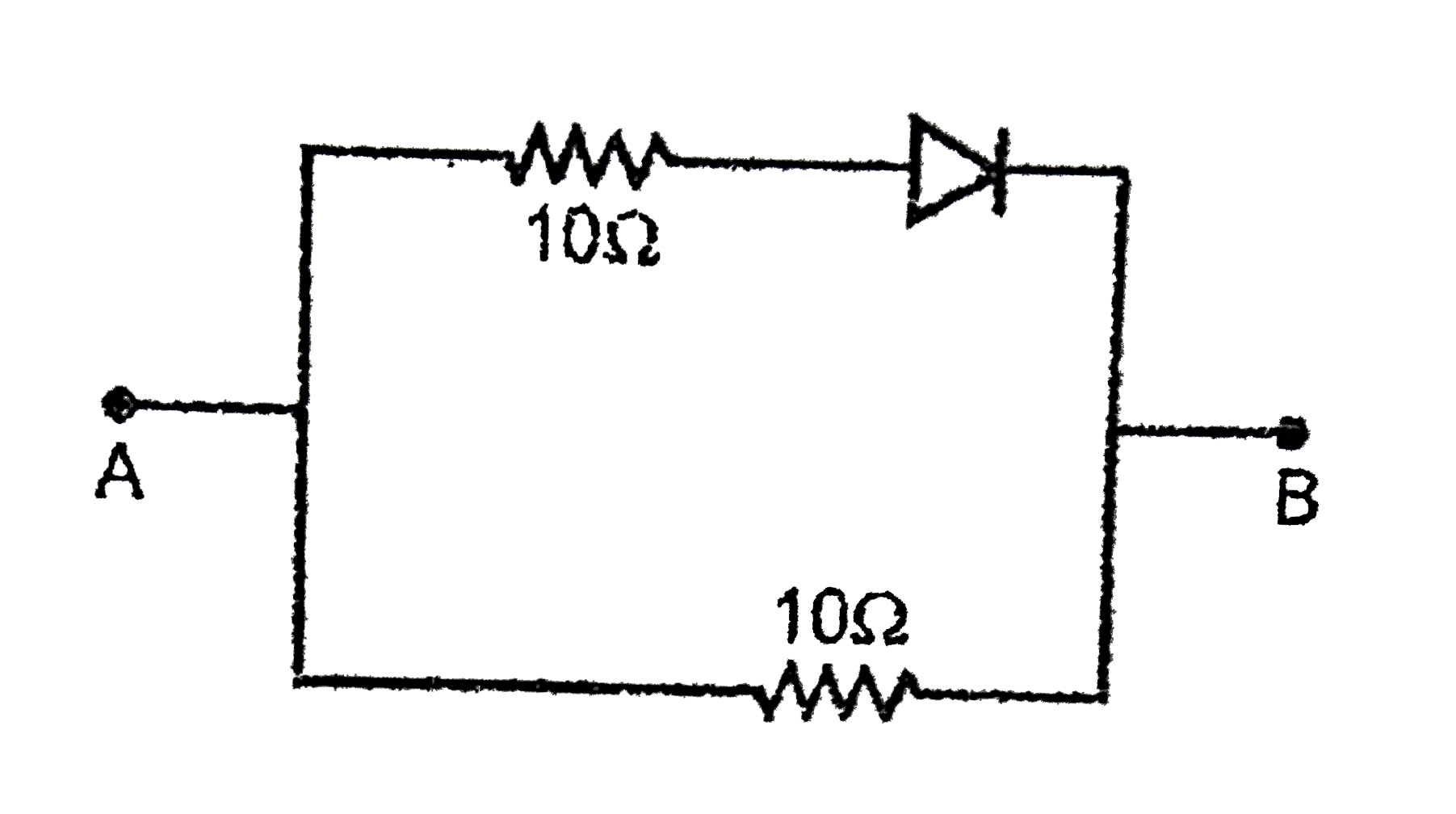
If VA and VB denote the potentials of A and B, then the equivalent resistance between A and B in the adjoint electric circuit isA10 ohm if VA>VBB5 ohm if VA<VBC5 ohm if VA>VBD20 ohm if VA>VB - Question 2 - Select One
What is the equivalent resistance between A and B in the given circuit ?
 A38ΩB83ΩC2ΩD4Ω
A38ΩB83ΩC2ΩD4Ω - Question 3 - Select One
VAandVB denot potentils of A and B then the equivalent resistance of A and B, then the equivalent resistance between A and B in the adjoining circuit is (ideal diode)
 A15ΩifVA>VBB30ΩifVA<VBCboth 1 and 2Dneither 1 nor 2
A15ΩifVA>VBB30ΩifVA<VBCboth 1 and 2Dneither 1 nor 2
The equivalent resistance between A and B in the given circuit is:
 View Solution
View SolutionThe equivalent resistance between X and Y in the adjoining circuit (fig.) will be :-
View SolutionWhat is the equivalent resistance between points A and B in the circuit.
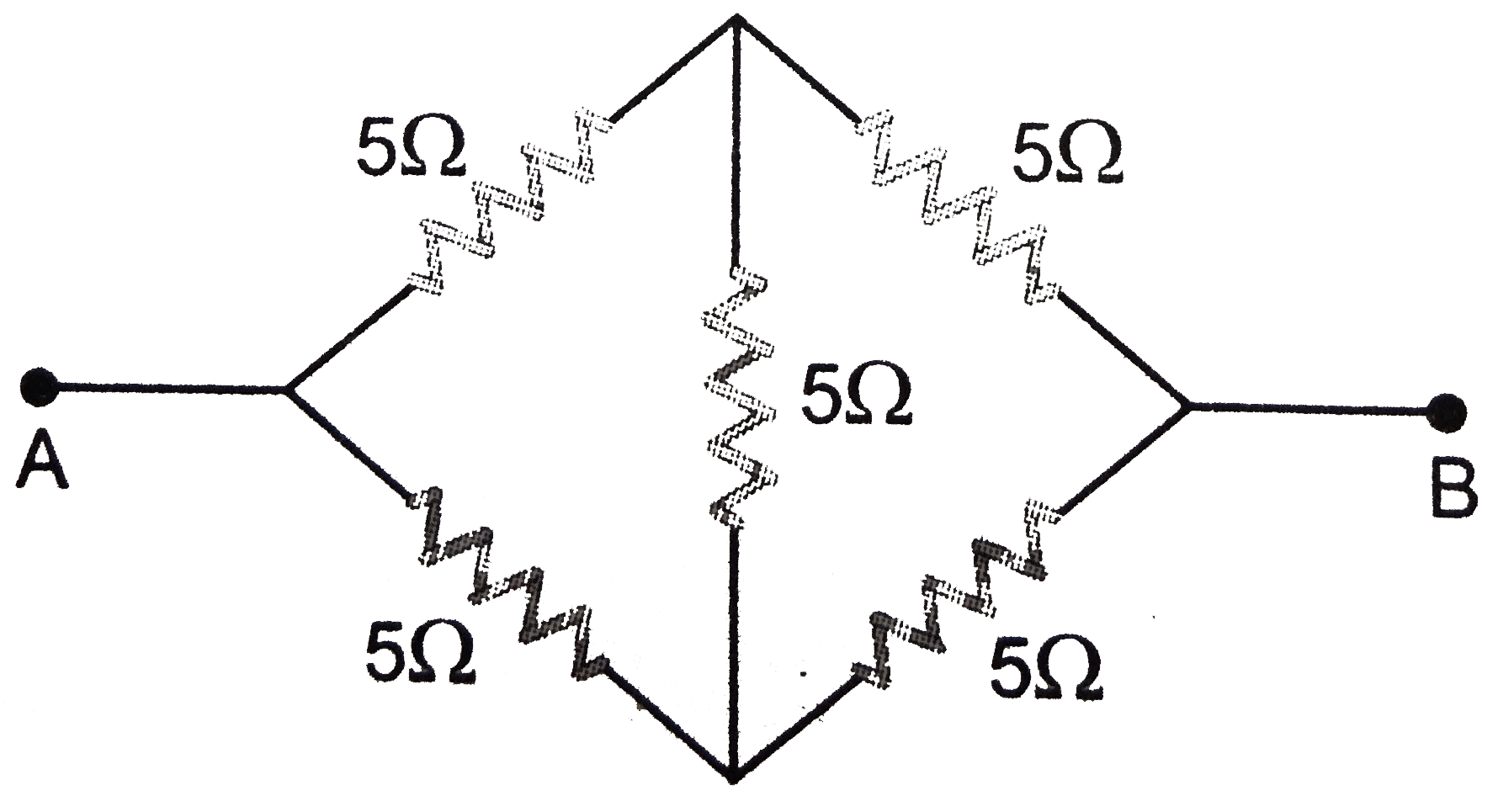 View Solution
View SolutionFind the equivalent resistance between points A and B in the following circuit
 View Solution
View SolutionFind the equivalent resistance between points A and B in the following circuits?
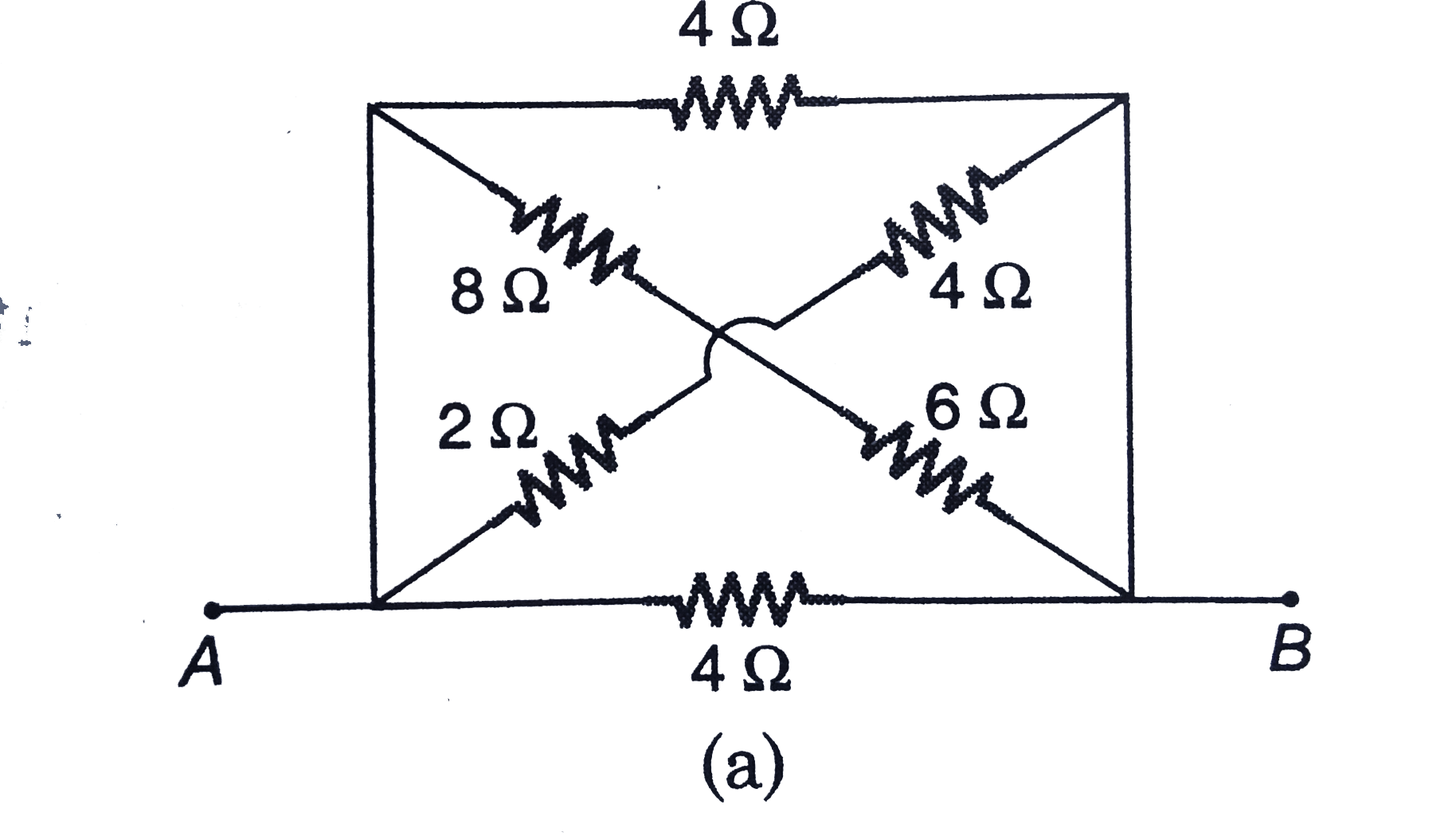
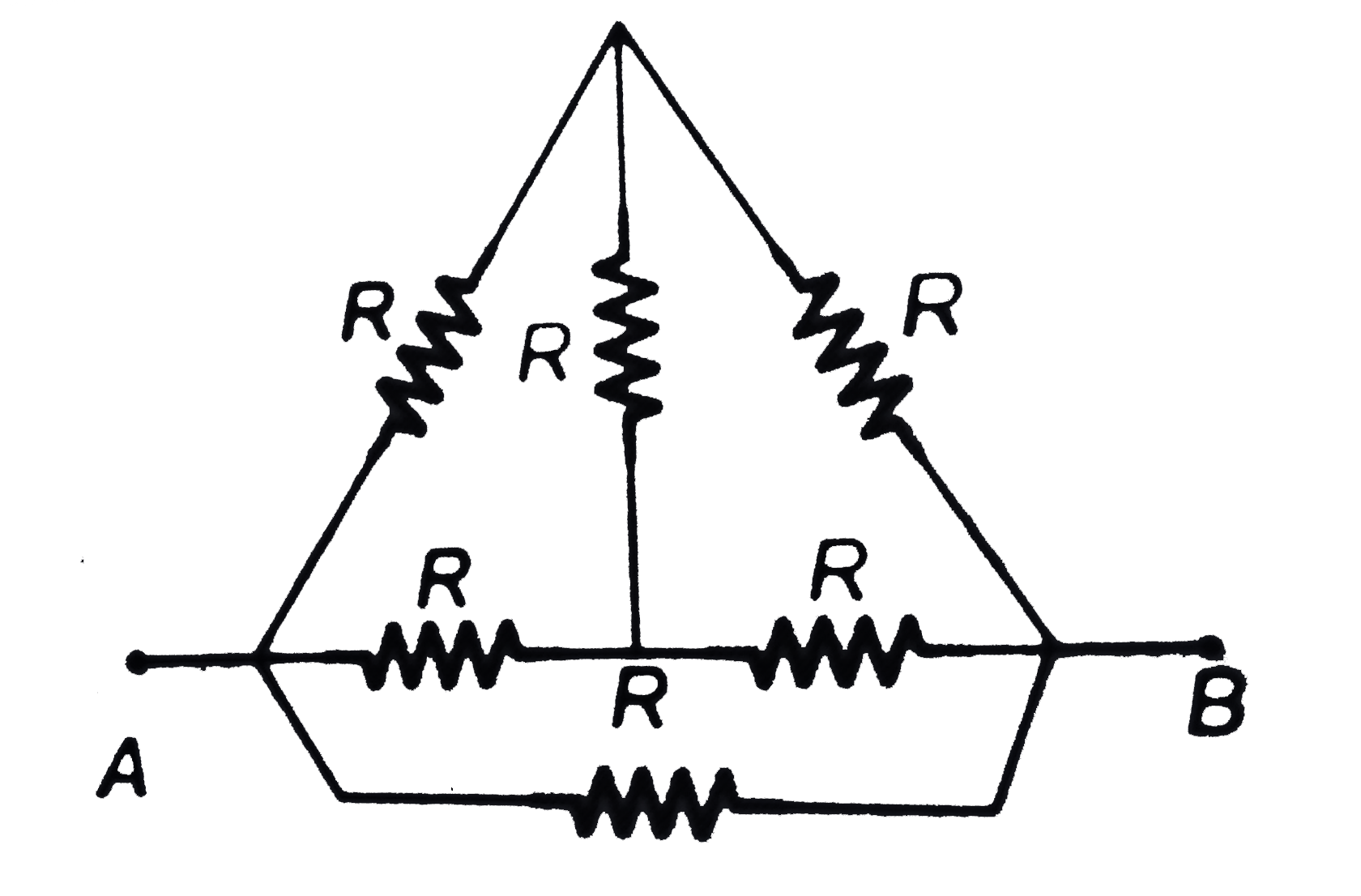

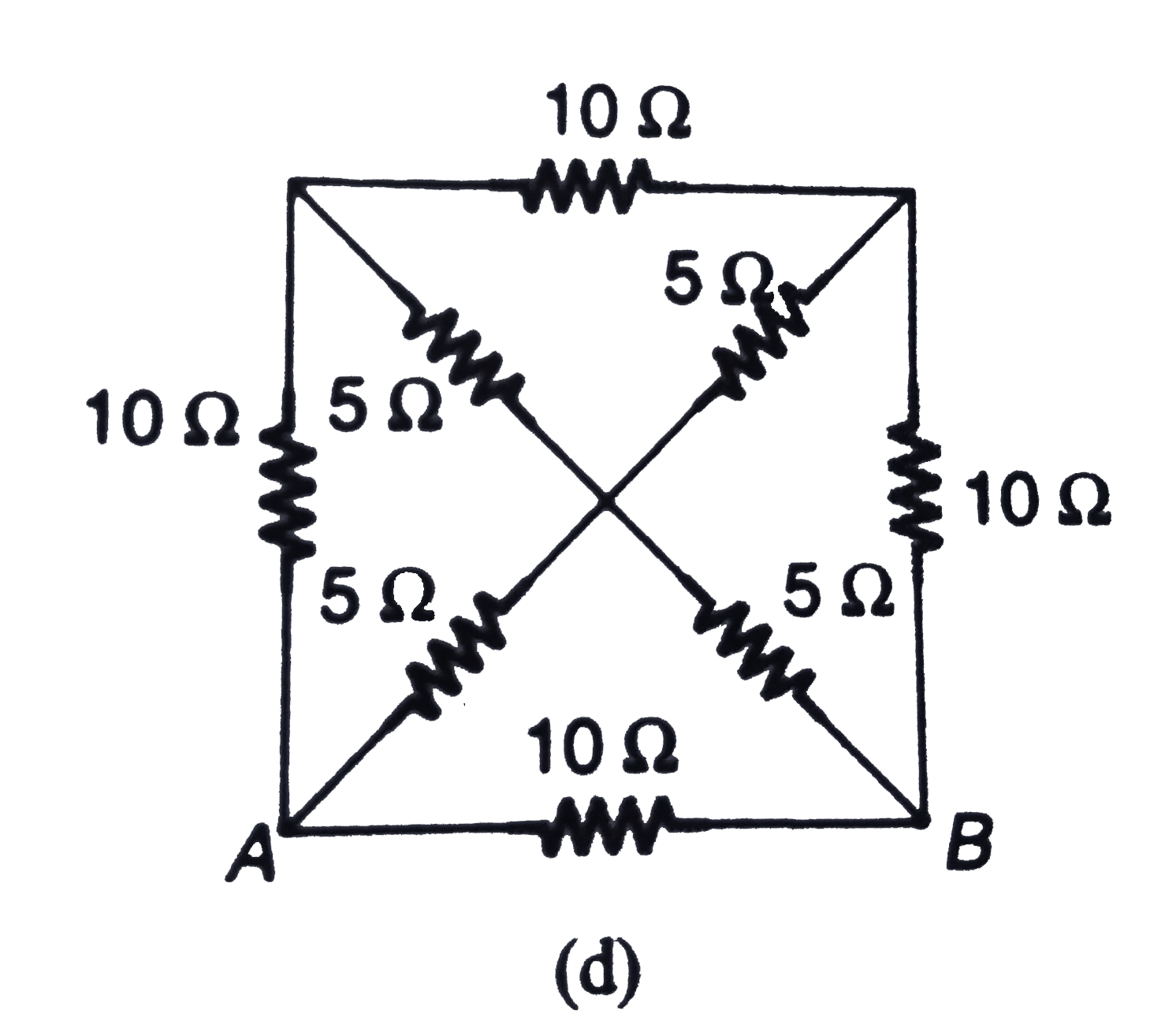
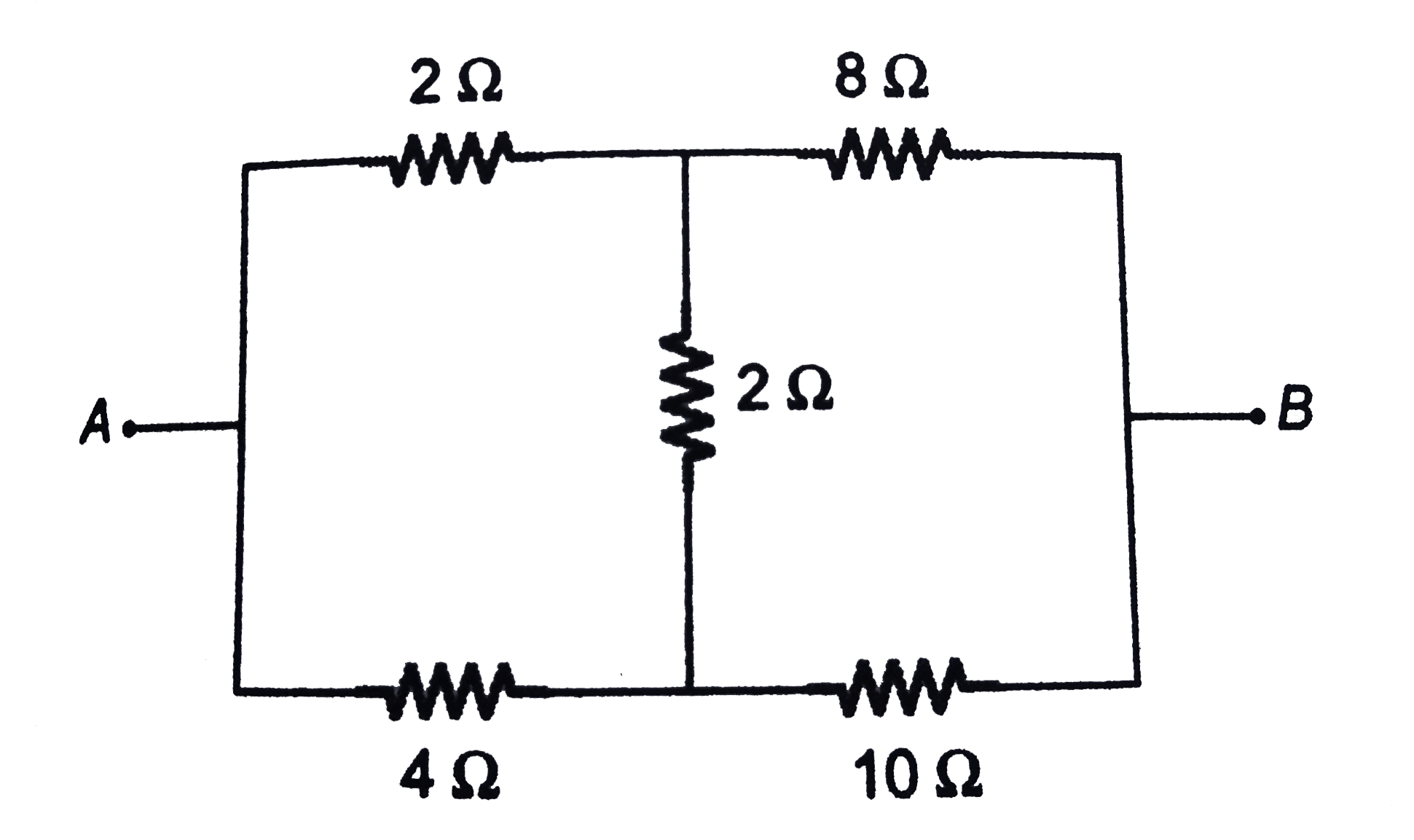
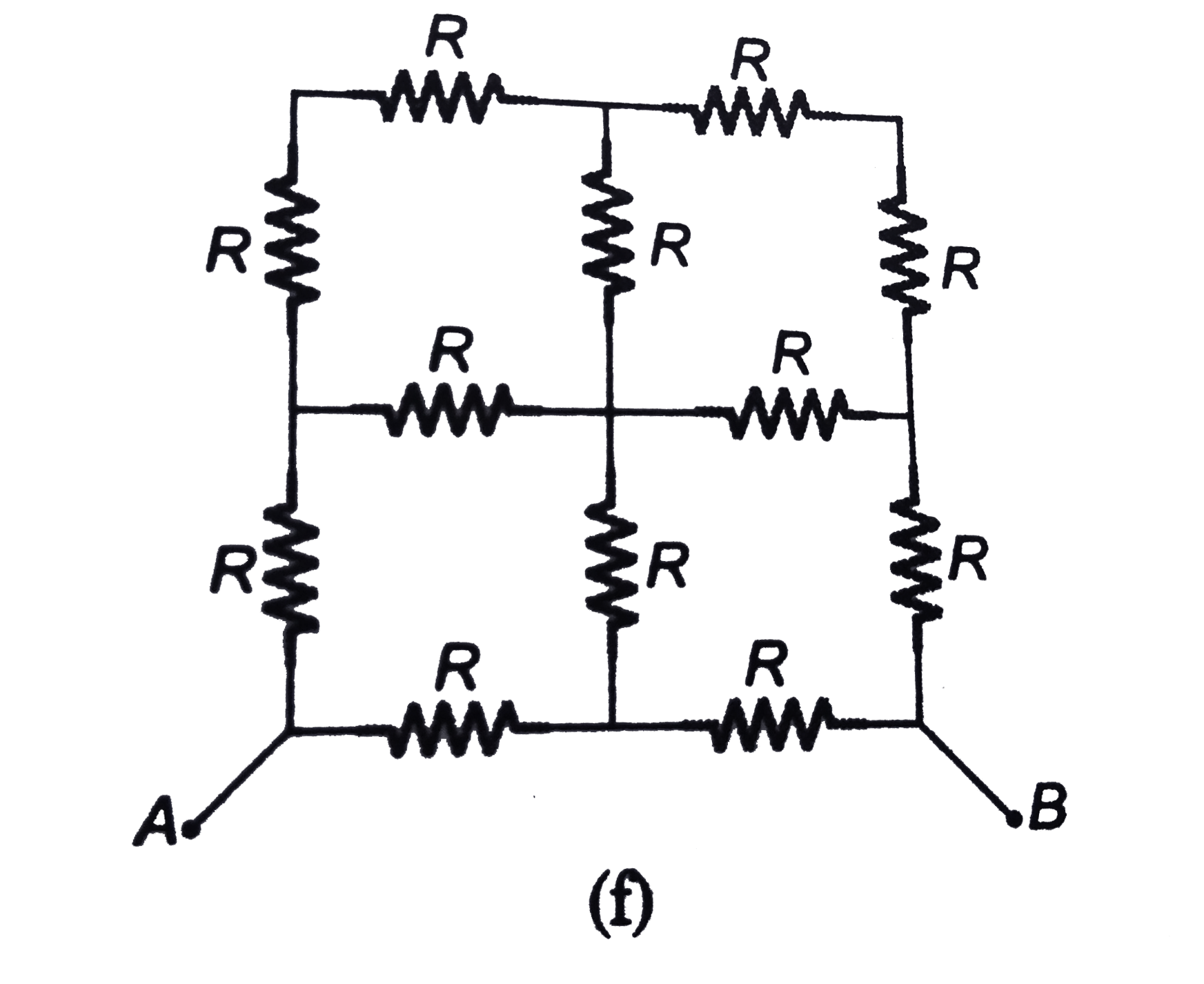
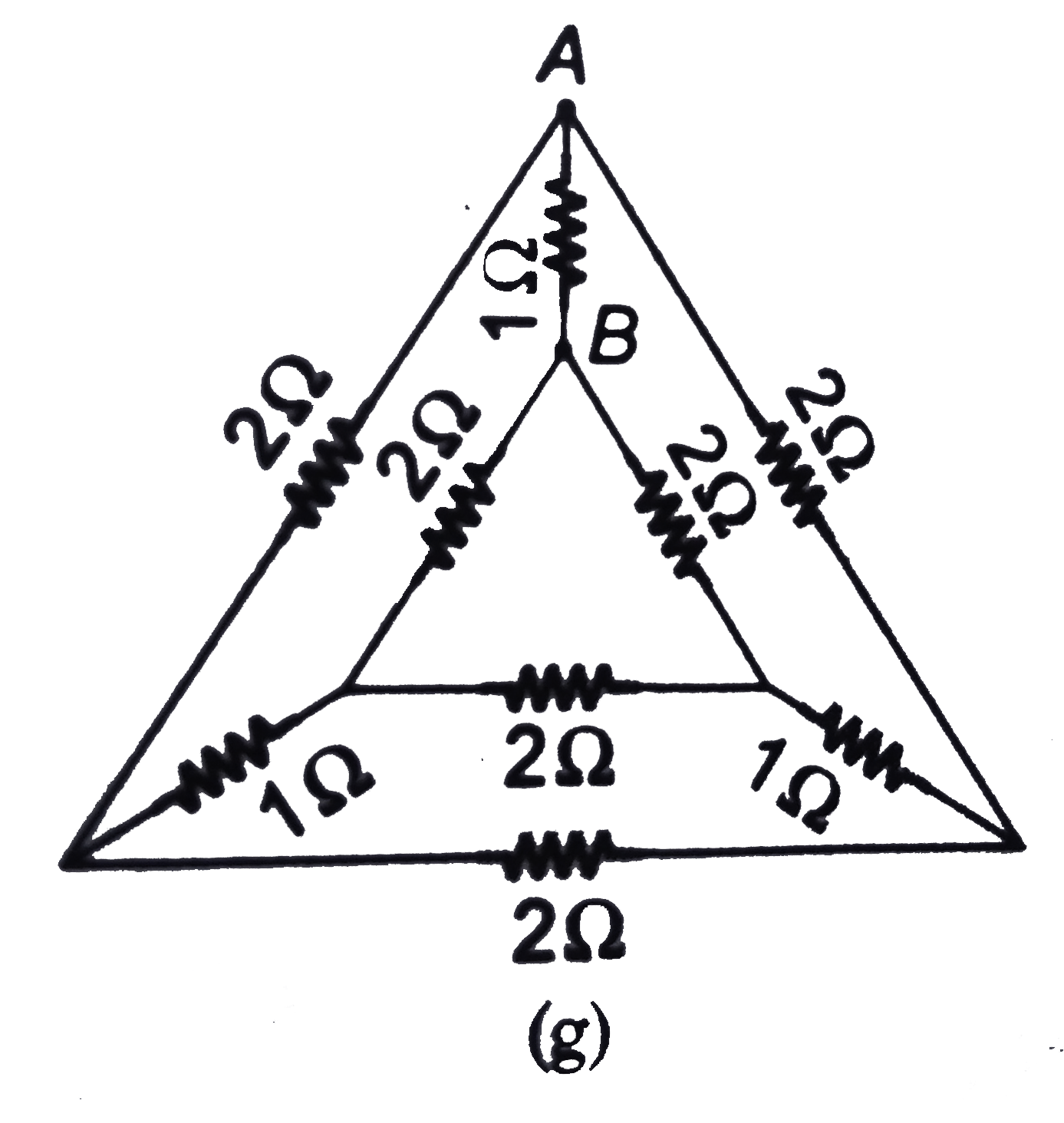 View Solution
View Solution


